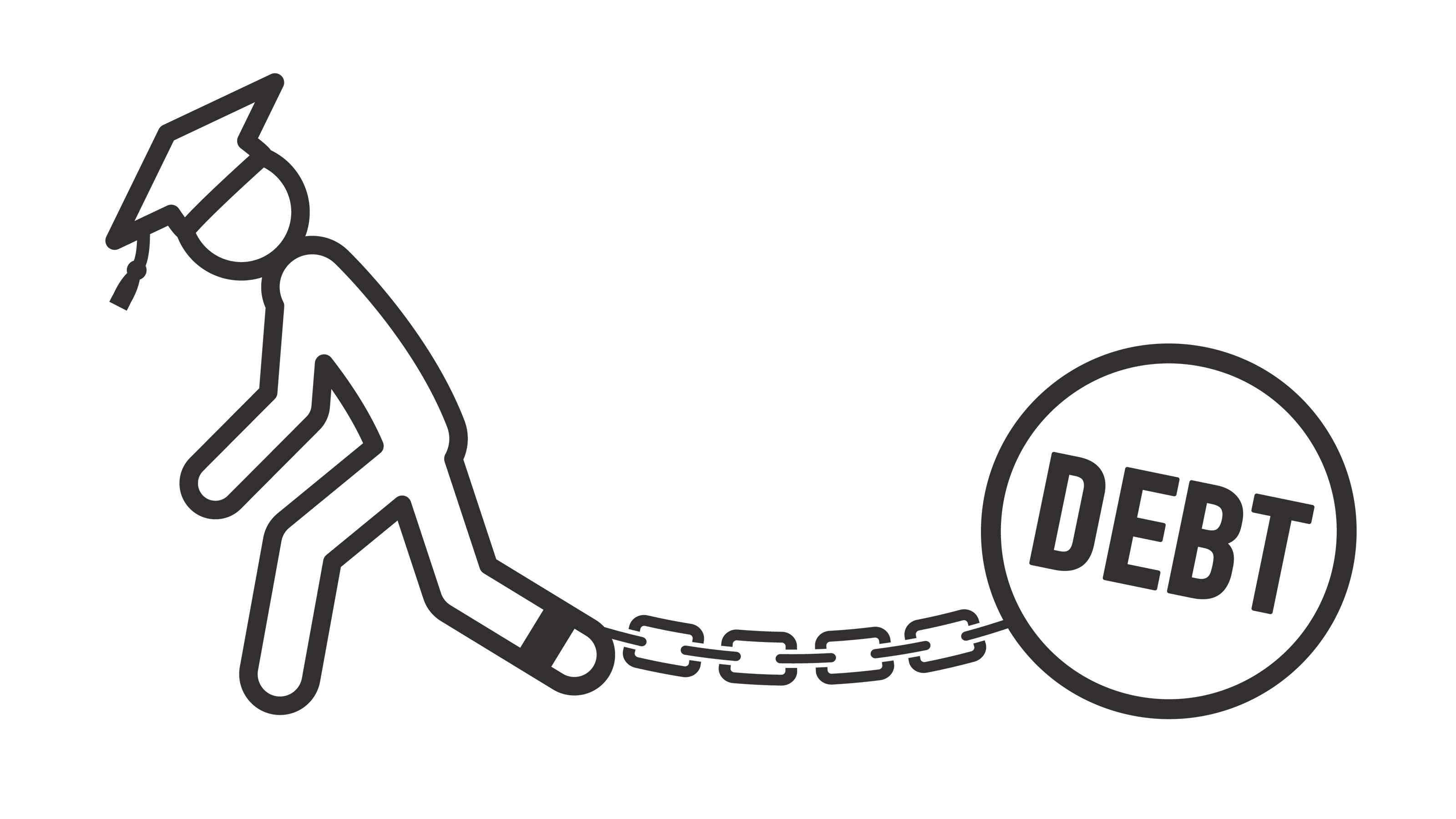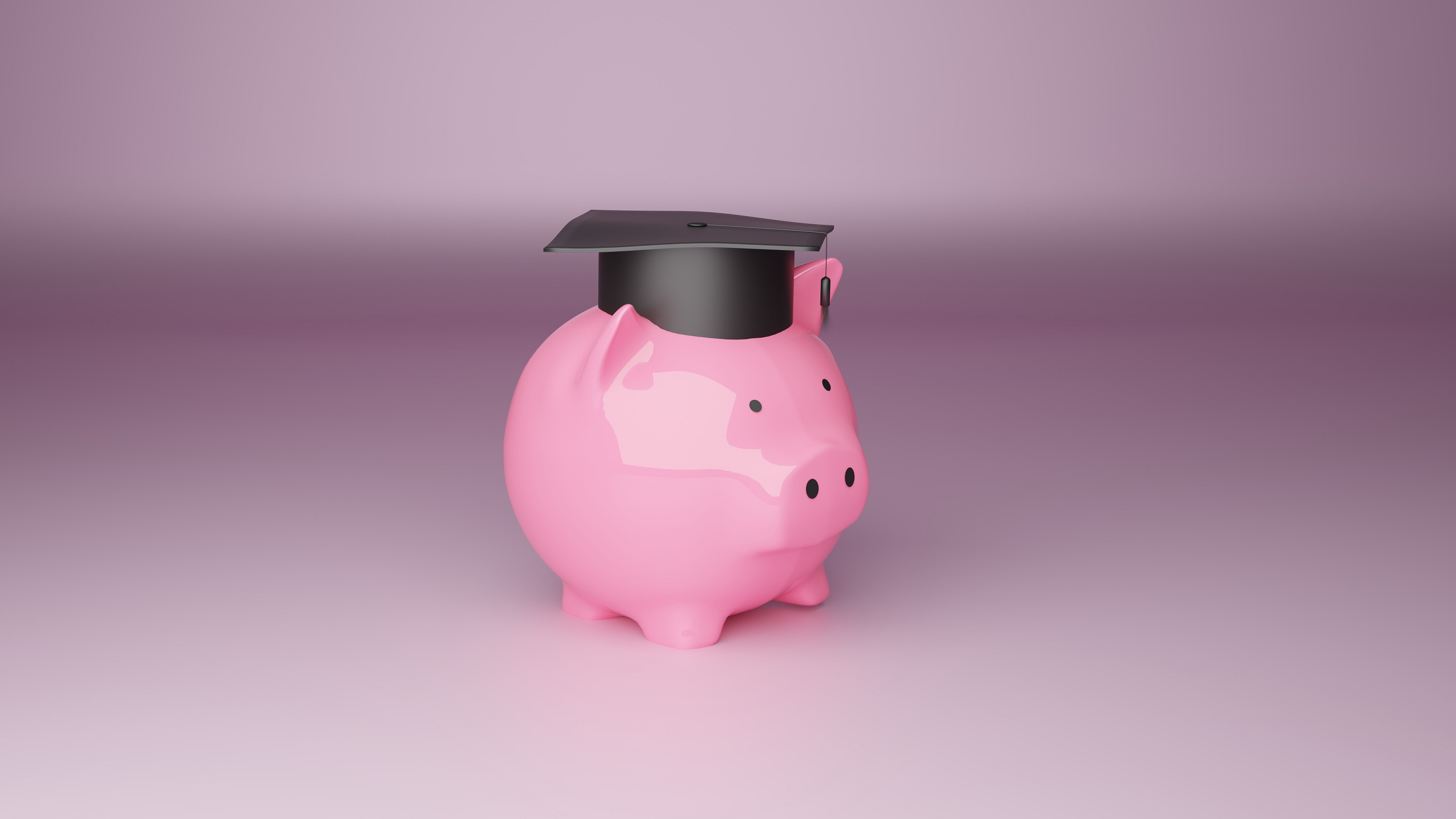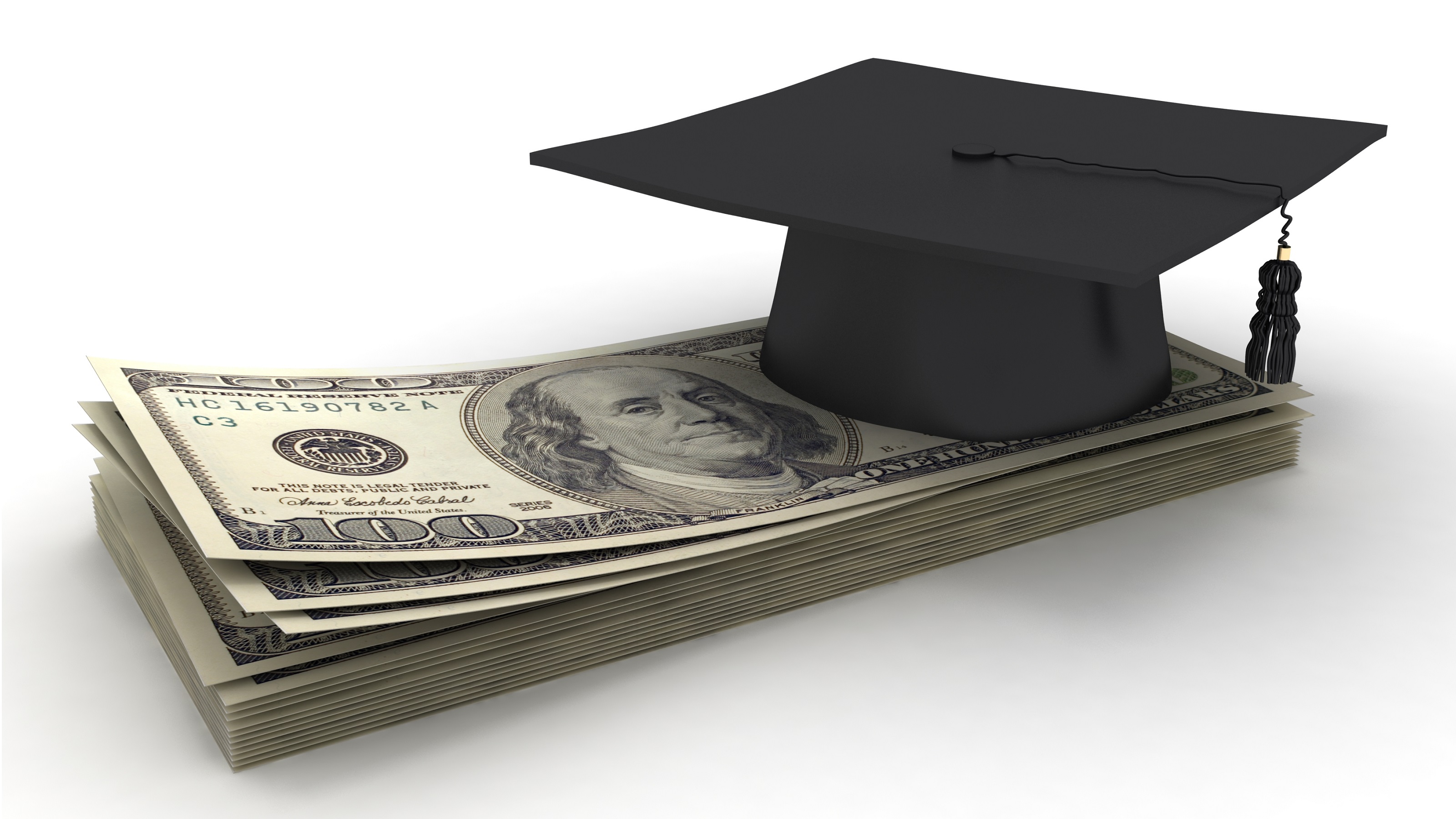The Return of Student Loan Payments
A pandemic reprieve on student loan payments ends in January. If you still need financial help, there are steps you can take.


If you have federal student loans, you’ve probably seen e-mails reminding you that payments will restart after January 31. During the pandemic, the federal government suspended payments on federal student loans, with no interest accrual on loan balances.
If your budget can’t handle payments on your federal student loans, you may be eligible to lower them by enrolling in an income-driven repayment plan. There are several IDR plans available through the Department of Education, but all base your monthly payments on your earnings. If you’re already enrolled in an income-driven plan and your income has declined a lot, you can also ask your loan servicer to recertify your income and recalculate the payment.
You can apply for an IDR plan on the federal Student Aid website and select the plan you qualify for with the lowest monthly payment. You may pay more in interest because you’re extending the repayment period, but after 20 years of payments, you may be eligible to have the balance forgiven.
From just $107.88 $24.99 for Kiplinger Personal Finance
Become a smarter, better informed investor. Subscribe from just $107.88 $24.99, plus get up to 4 Special Issues

Sign up for Kiplinger’s Free Newsletters
Profit and prosper with the best of expert advice on investing, taxes, retirement, personal finance and more - straight to your e-mail.
Profit and prosper with the best of expert advice - straight to your e-mail.
Another option is to refinance your loans with a private lender. At below 3%, interest rates are enticing. But read the fine print on any offer you consider. Some plans offer low interest rates in the first year and hike them later. To avoid interest rate hikes down the road, look for a low fixed rate rather than a variable rate.
If you can’t afford to make payments, you may qualify for deferment or a forbearance. There are two types of deferments: economic hardship and unemployment deferment. You must be out of work to qualify for the unemployment deferment, but you may qualify for economic hardship if you receive federal or state public assistance, you’re a Peace Corps volunteer, you work full-time but earn less than or equal to the federal minimum wage, or you have income that’s less than or equal to 150% of the poverty line for your family size and state (about $26,000 a year for a two-person household).
Profit and prosper with the best of Kiplinger's advice on investing, taxes, retirement, personal finance and much more. Delivered daily. Enter your email in the box and click Sign Me Up.

Emma Patch joined Kiplinger in 2020. She previously interned for Kiplinger's Retirement Report and before that, for a boutique investment firm in New York City. She served as editor-at-large and features editor for Middlebury College's student newspaper, The Campus. She specializes in travel, student debt and a number of other personal finance topics. Born in London, Emma grew up in Connecticut and now lives in Washington, D.C.
-
 Nasdaq Takes a Hit as the Tech Trade Falters: Stock Market Today
Nasdaq Takes a Hit as the Tech Trade Falters: Stock Market TodayThe Dow Jones Industrial Average outperformed on strength in cyclical stocks.
-
 $100 Fee Turning Away Visitors from National Parks
$100 Fee Turning Away Visitors from National ParksDiscover how the new $100 fee will impact your experience visiting 11 of America's most popular parks.
-
 Is Mechanical Breakdown Insurance Better Than an Extended Car Warranty?
Is Mechanical Breakdown Insurance Better Than an Extended Car Warranty?More insurers are starting to offer mechanical breakdown insurance to new car owners. What is it and should you buy it?
-
 9 Types of Insurance You Probably Don't Need
9 Types of Insurance You Probably Don't NeedFinancial Planning If you're paying for these types of insurance, you may be wasting your money. Here's what you need to know.
-
 New Ways to Use 529 Plans
New Ways to Use 529 PlansTax-free withdrawals from 529 plans could help you sharpen your job skills.
-
 I Want to Help Pay for My Grandkids' College. Should I Make a Lump-Sum 529 Plan Contribution or Spread Funds out Through the Years?
I Want to Help Pay for My Grandkids' College. Should I Make a Lump-Sum 529 Plan Contribution or Spread Funds out Through the Years?We asked a college savings professional and a financial planning expert for their advice.
-
 Amazon Resale: Where Amazon Prime Returns Become Your Online Bargains
Amazon Resale: Where Amazon Prime Returns Become Your Online BargainsFeature Amazon Resale products may have some imperfections, but that often leads to wildly discounted prices.
-
 How Intrafamily Loans Can Bridge the Education Funding Gap
How Intrafamily Loans Can Bridge the Education Funding GapTo avoid triggering federal gift taxes, a family member can lend a student money for education at IRS-set interest rates. Here's what to keep in mind.
-
 How an Irrevocable Trust Could Pay for Education
How an Irrevocable Trust Could Pay for EducationAn education trust can be set up for one person or multiple people, and the trust maker decides how the money should be used and at what age.
-
 UTMA: A Flexible Alternative for Education Expenses and More
UTMA: A Flexible Alternative for Education Expenses and MoreThis custodial account can be used to pay for anything once the beneficiary is considered an adult in their state. There are some considerations, though.
-
 Coverdell Education Savings Accounts: A Deep Dive
Coverdell Education Savings Accounts: A Deep DiveWhile there are some limitations on income and contributions, as well as other restrictions, a Coverdell can be a bit more flexible than a 529 plan.